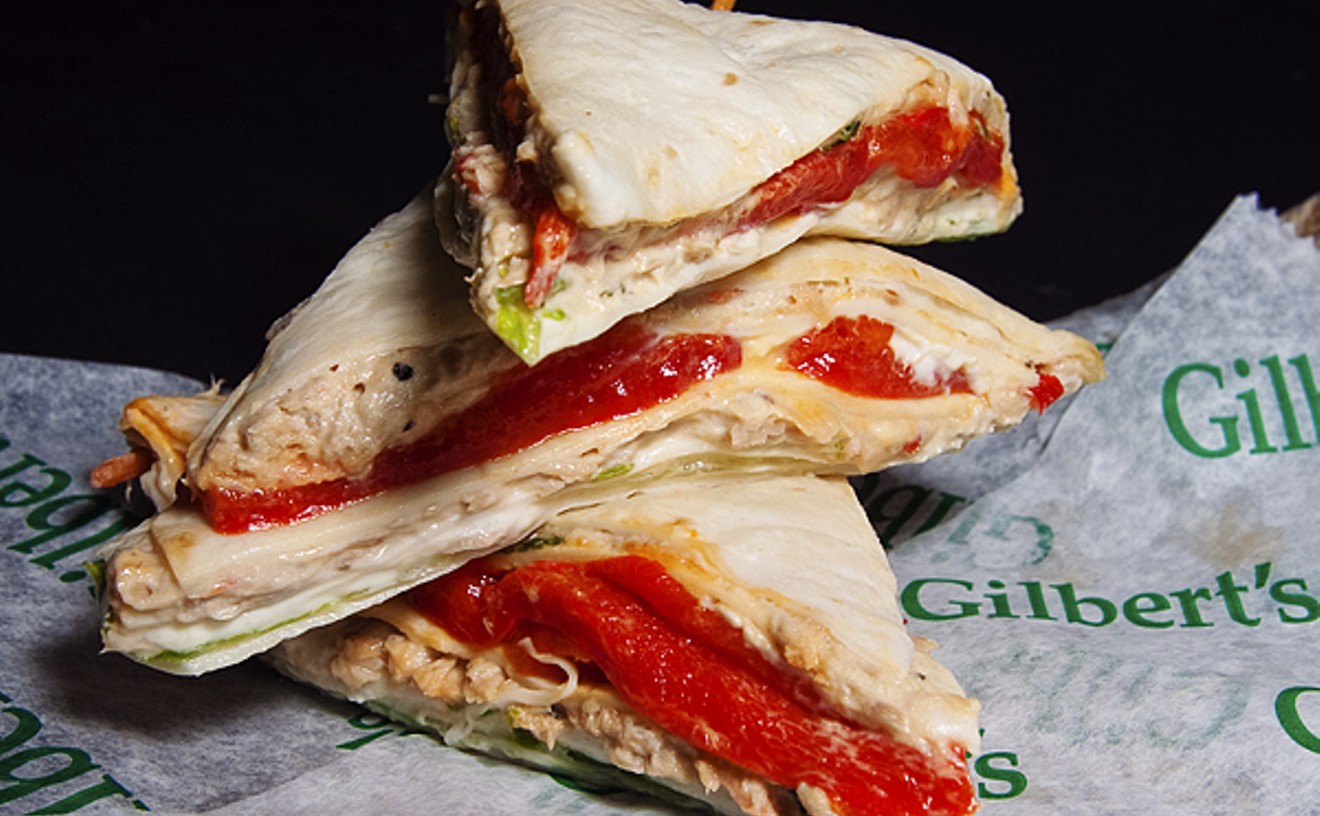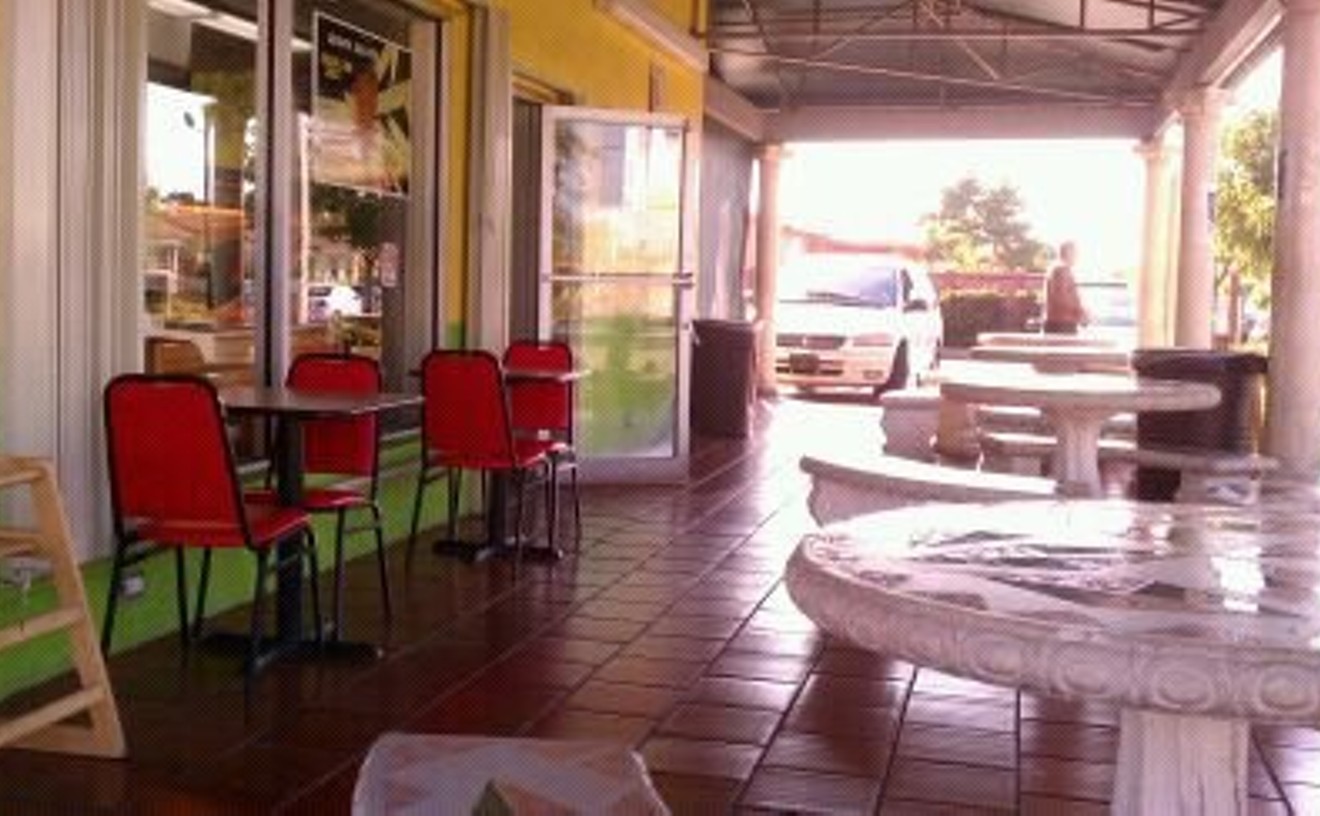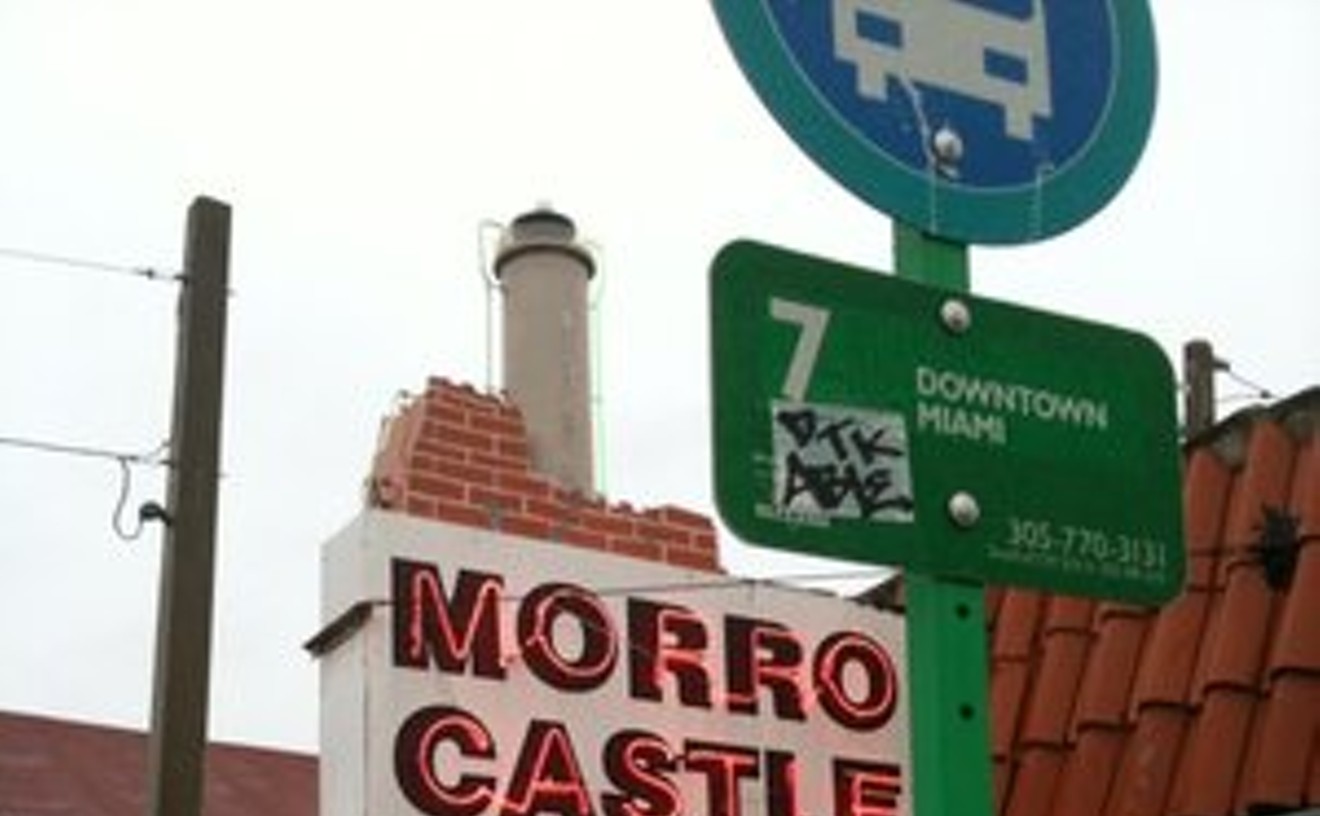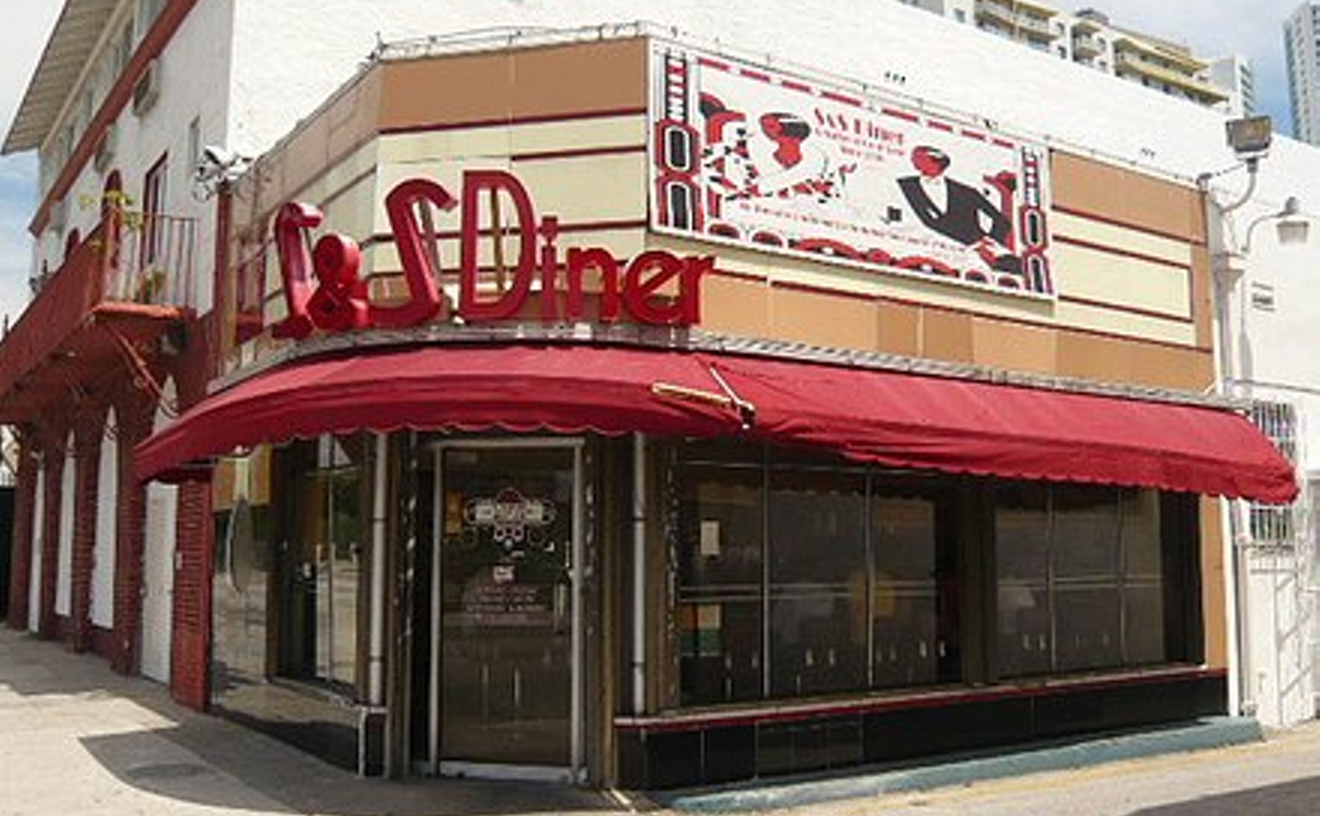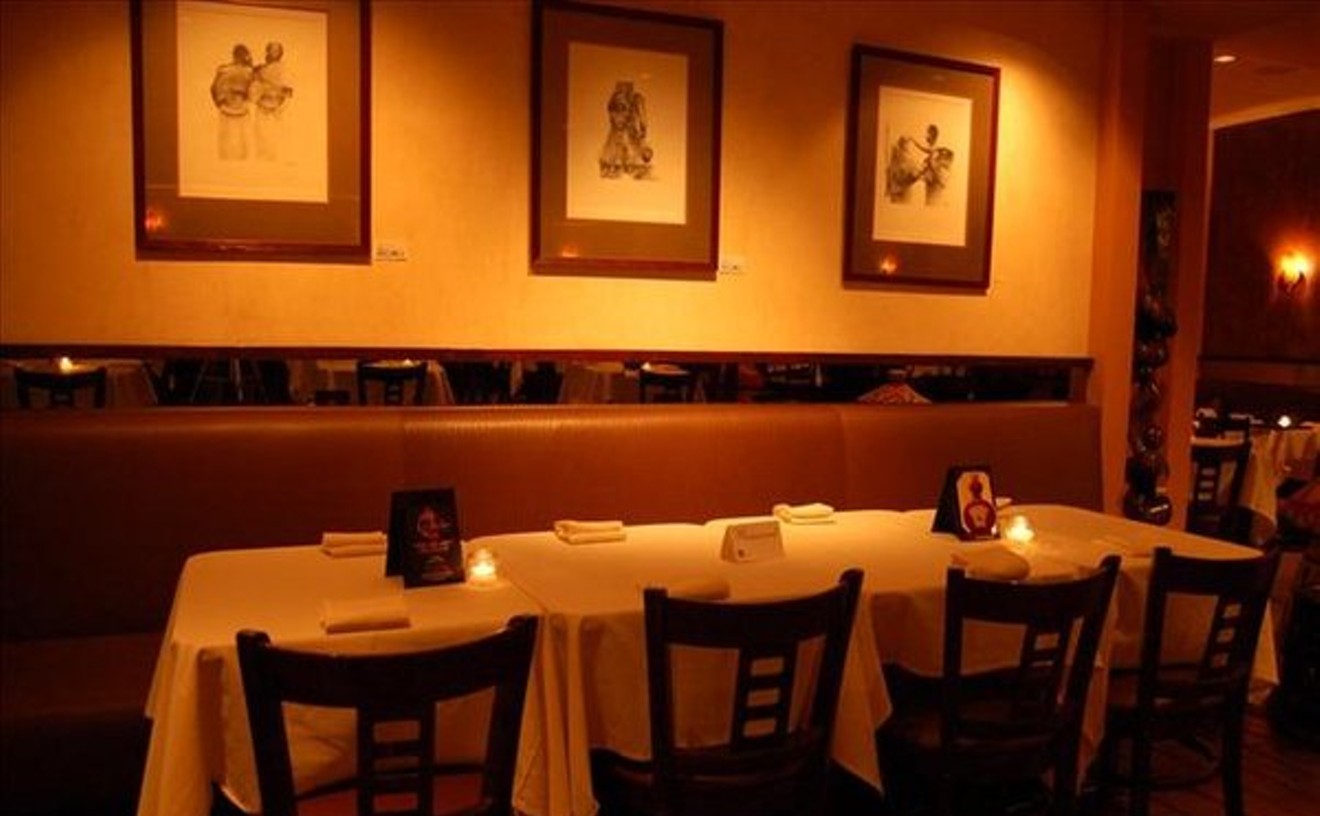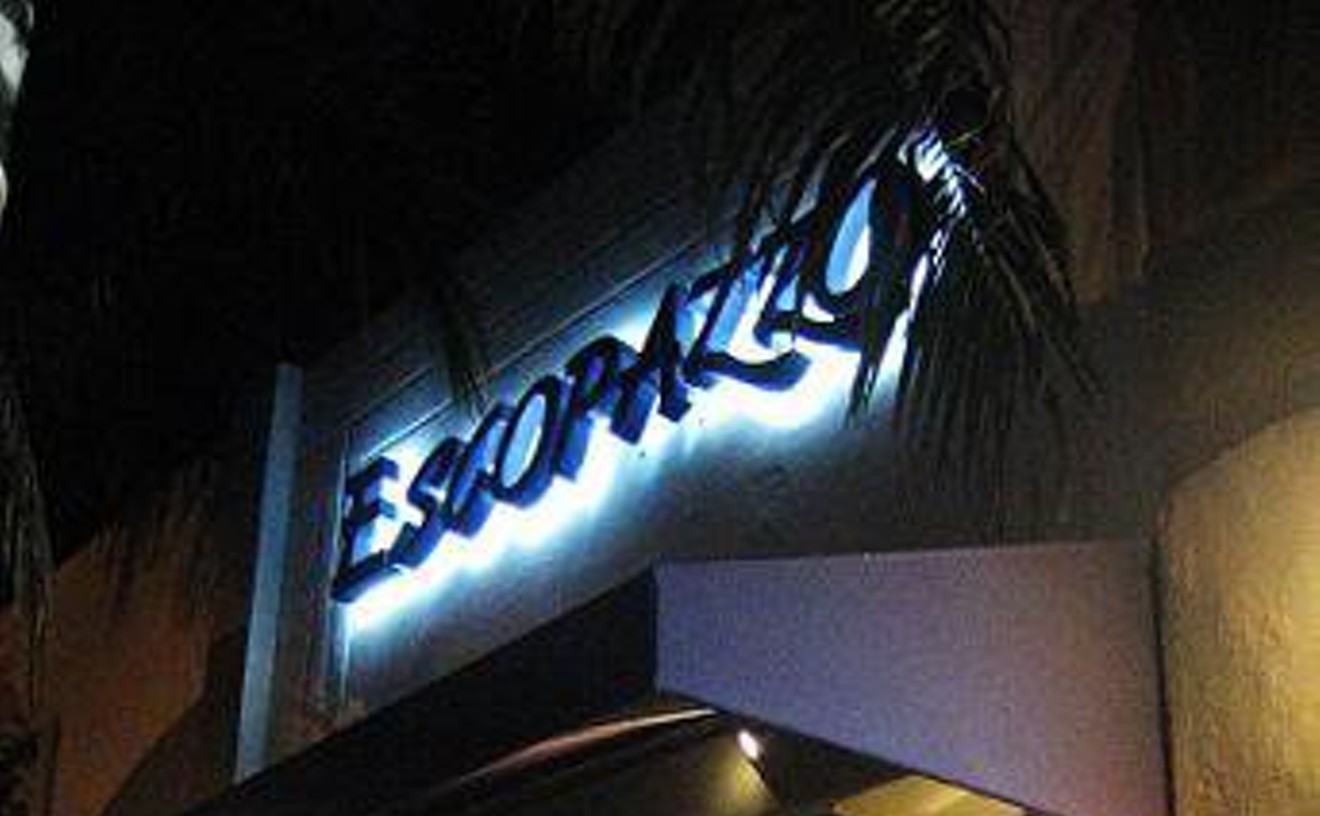Only the French could think of deep-frying meat and béchamel and giving it a cute little name like croquette. Only the Cubans, however, could make it a mainstay of every gas station and coffee shop in a town of two million people.
Sadly the Miami croqueta is generally paltry: stale, artery-clogging torpedoes comprising boiled ham or dry chicken.
Thankfully Gilbert's Bakery, which has been in business in Miami for more than 30 years, has mastered the art. In addition to the old standbys, the place offers asparagus, cheese, and codfish selections. There's also chorizo, as well as the delectable Romesco — styled after the spicy Spanish sauce made with nuts and chilies. Wait a few seconds for these bad boys to take hold. They expand in your gut. By the way, they're 50 cents a pop.


